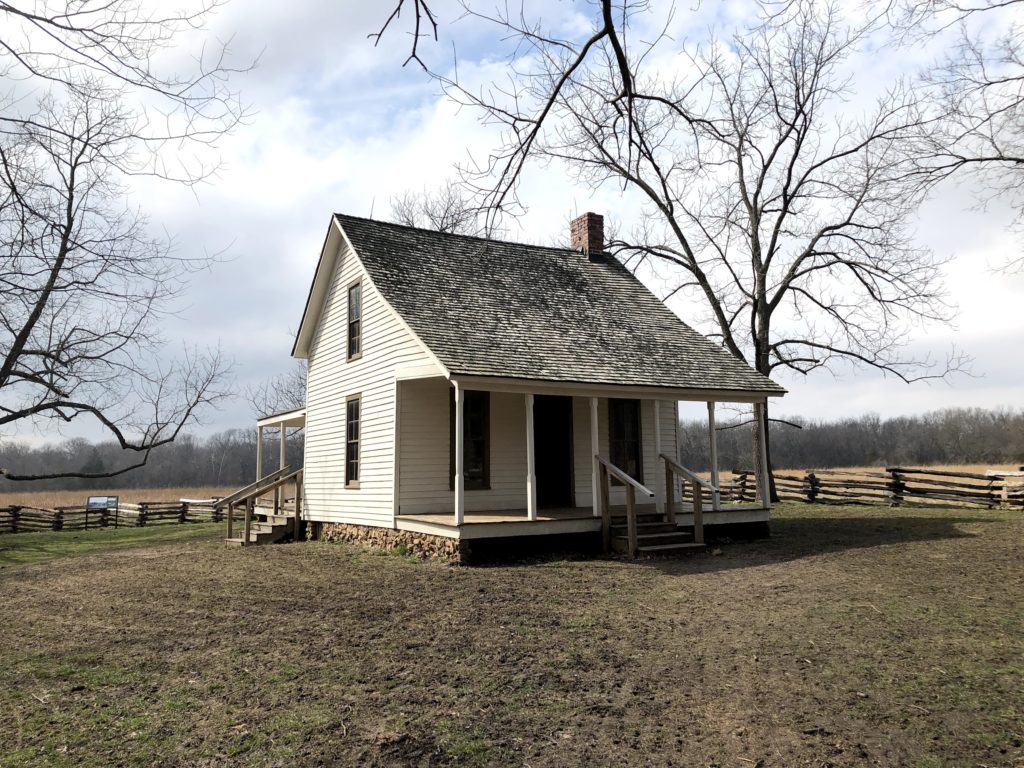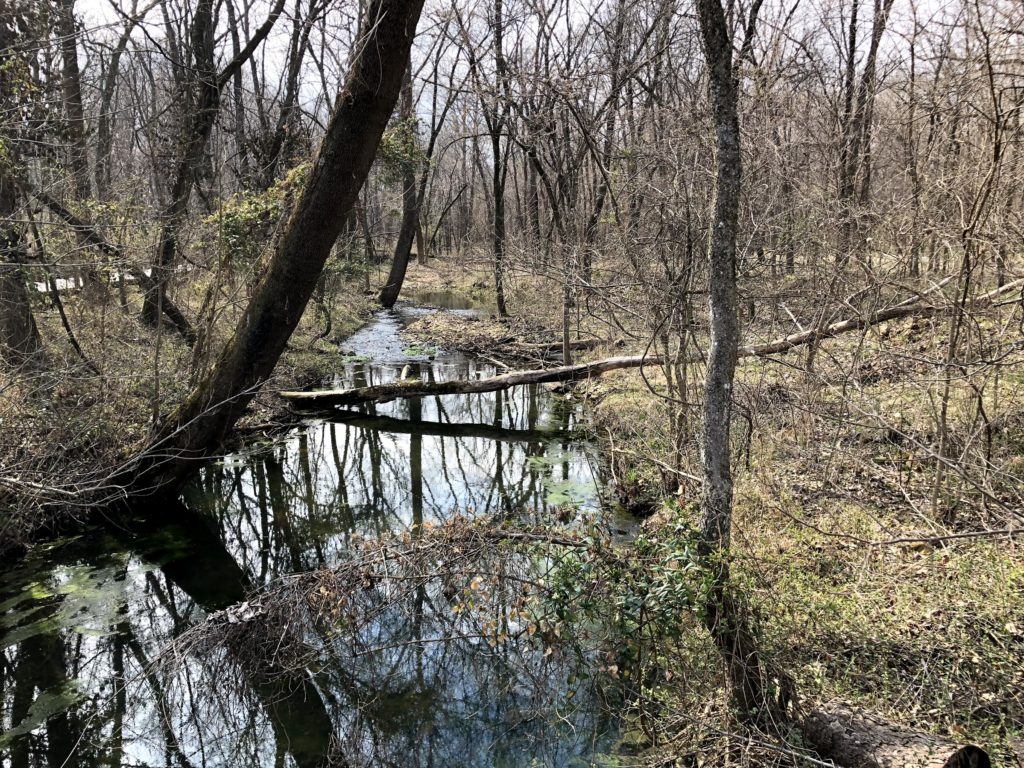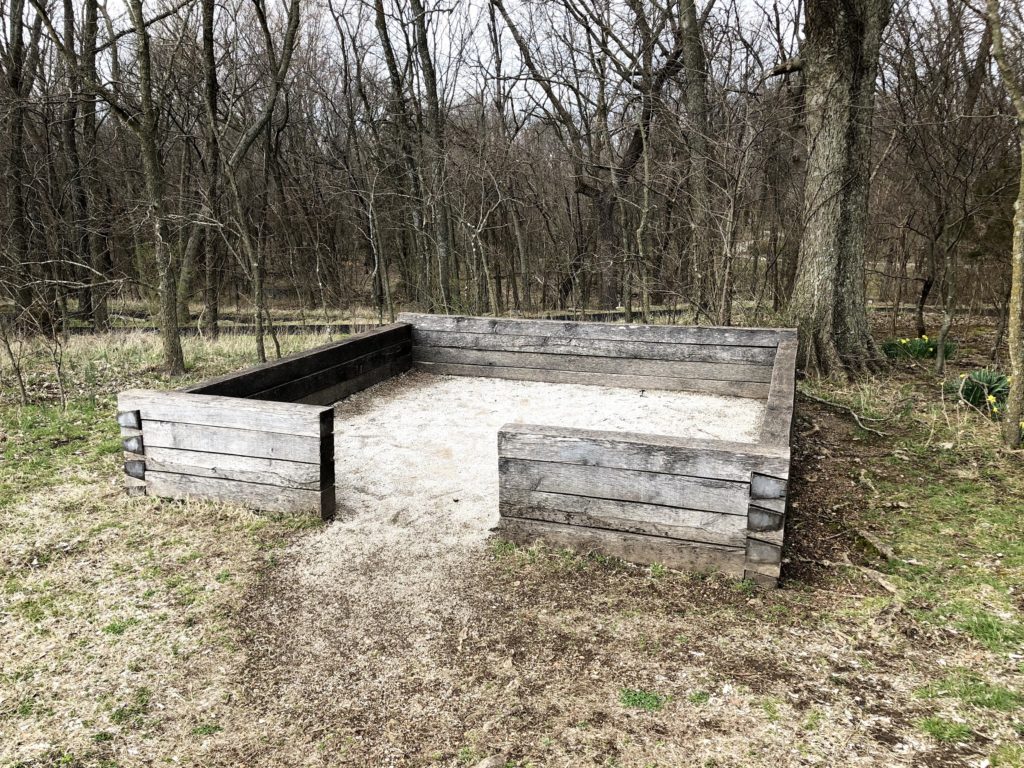On a southwestern Missouri farm amidst the swirling chaos of banditry and violence that defined the Missouri-Kansas border during the Civil War, a remarkable man of science was born in 1864. After outlaws kidnapped the infant George and his mother Mary, he returned to the farm of Moses and Susan Carver near death’s door with whooping cough. His mother was never found.
George Washington Carver’s scientific mind would grow to teach and inspire students for nearly a half century at Alabama’s Tuskegee Institute. Carver overcame great obstacles to obtain an education, through the heart of an era many historians call “the nadir of race relations in America.” His lessons extended well beyond agriculture and science. Carver’s most enduring aspects aren’t his numerous innovations and discoveries, but his benevolence, sense of service, decency and humanity. These traits shine through the generations, and make Carver just as much an inspiration for people of all backgrounds today, as he became during his lifetime.
“It is not the style of clothes one wears, neither the kind of automobiles one drives, nor the amount of money one has in the bank, that counts. These mean nothing. It is simply service that measures success.”
“No individual has any right to come into this world and go out of it without leaving behind him distinct and legitimate reasons for having passed through it.”
“One of the things that has helped me as much as any other, is not how long I am going to live but how much I can do while living.”

The 1881 Moses Carver house is the only historical structure on park grounds. The original structure is believed lost to a December 1880 tornado that swept through the area.

Carver Branch runs through the woods where a young George Washington Carver developed what would be a lifelong love of botany and nature.

Archeologists located the site of the slave cabin where George was believed to be born in 1864.

We visited once and have always loved the 1881 Moses Carver house. Is there anyway to obtain floor plans for it? We are building a home on our farm and want to loosely model it after that house. Thanks!
You should contact the National Park Service at George Washington Carver Birthplace National Monument. Start at https://www.nps.gov/gwca/index.htm